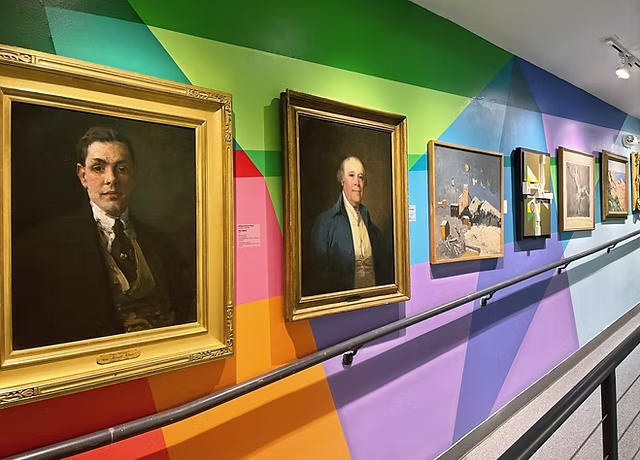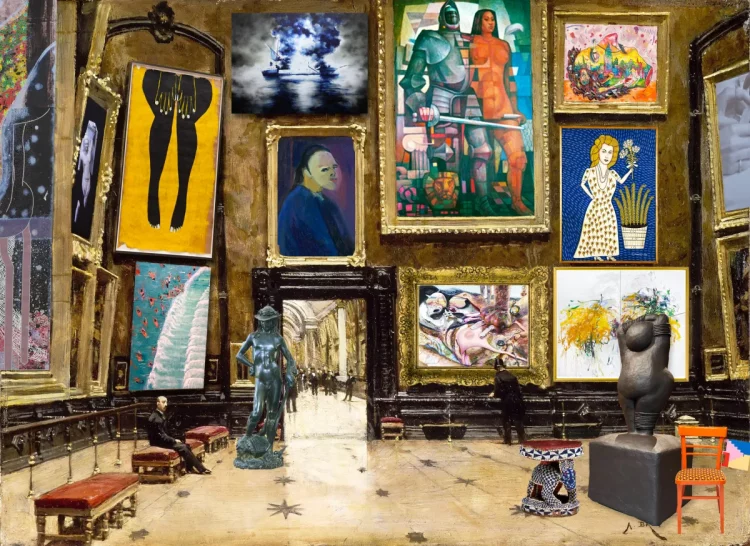I. Introduction: Exhibitions in the Modern Economy
Exhibitions today are not just cultural showcases but also economic engines.
Trade fairs, design expos, and technology showcases influence industries, attract investors, and create jobs.
The exhibition industry has grown into a global marketplace for ideas, products, and partnerships.
II. Exhibitions as Innovation Hubs
Major exhibitions often serve as launchpads for groundbreaking technologies:
- Electronics and IT expos introduce cutting-edge devices and software.
- Design and fashion exhibitions reveal global trends that drive consumer markets.
- Scientific and industrial fairs foster knowledge exchange across disciplines.
By concentrating talent and capital in one space, exhibitions become innovation accelerators.
III. Transforming the Visitor Experience
Success in modern exhibitions increasingly depends on experience design:
- Immersive Environments: Augmented reality, interactive screens, and live demonstrations make exhibitions more engaging.
- Storytelling and Branding: Exhibitions now focus on creating narratives that resonate with audiences.
- Sustainability Practices: Eco-friendly booths and digital materials reflect evolving visitor values.
A strong visitor experience can turn exhibitions into memorable journeys rather than mere displays.

IV. Challenges in a Competitive Global Market
The exhibition industry faces several challenges:
- Digital Disruption: Online events reduce the need for traditional in-person expos.
- High Costs: Logistics, venue rentals, and technology investments can limit participation for smaller players.
- Environmental Concerns: Physical exhibitions often generate significant waste and emissions.
Organizers must adapt to new expectations for cost-effectiveness, inclusivity, and sustainability.
V. Opportunities in Hybrid and Niche Exhibitions
Emerging trends provide new opportunities:
- Hybrid Formats: Combining physical spaces with virtual platforms extends reach to global audiences.
- Specialized Exhibitions: Niche events focusing on single industries or issues allow for deeper connections and targeted networking.
- Cross-Sector Collaboration: Art-meets-tech or science-meets-design exhibitions create fresh markets.
These innovations point toward a more flexible and resilient exhibition ecosystem.
VI. Future Outlook: Exhibitions in a Post-Digital Age
The future exhibition space will likely be:
- Data-Driven: Analytics will tailor experiences to individual visitors.
- Global and Local: Virtual platforms will connect international participants, while local hubs ensure cultural relevance.
- Sustainably Designed: Circular economy practices will minimize environmental footprints.
Exhibitions will evolve into hybrid, dynamic platforms that merge business, culture, and technology.
VII. Conclusion: The Enduring Power of Gathering
Even in a digital world, the exhibition retains a unique appeal:
the power of physical presence and shared discovery.
As they adapt to global trends and challenges, exhibitions will remain vital forums for economic growth, innovation, and cultural exchange.
















































